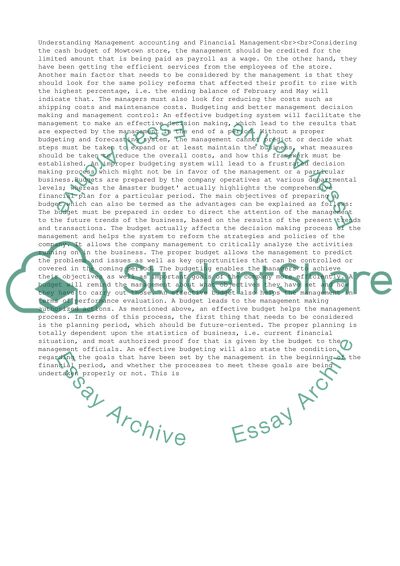Cite this document
(“Understanding Management accounting and Financial Management Essay”, n.d.)
Retrieved from https://studentshare.org/management/1394208-understanding-management-accounting-and-financial-management
Retrieved from https://studentshare.org/management/1394208-understanding-management-accounting-and-financial-management
(Understanding Management Accounting and Financial Management Essay)
https://studentshare.org/management/1394208-understanding-management-accounting-and-financial-management.
https://studentshare.org/management/1394208-understanding-management-accounting-and-financial-management.
“Understanding Management Accounting and Financial Management Essay”, n.d. https://studentshare.org/management/1394208-understanding-management-accounting-and-financial-management.


